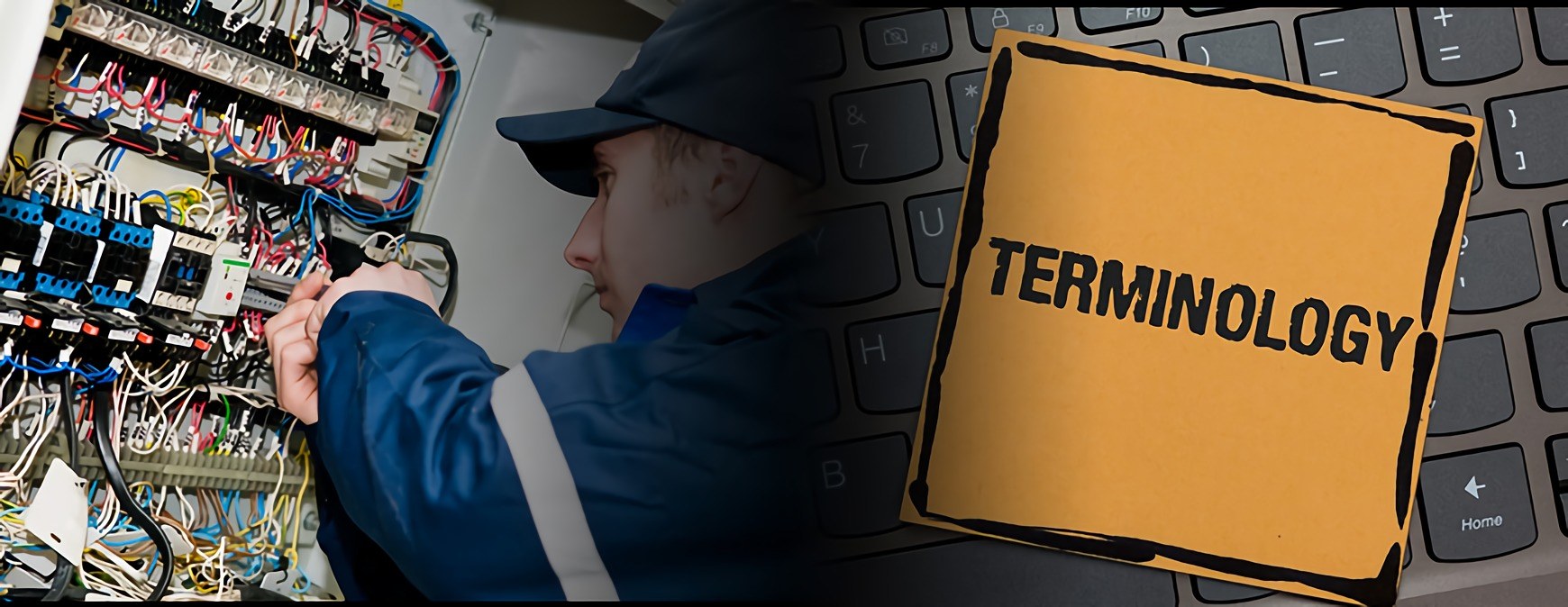TWS is a Great Training Option for Everyone
Learn more about how we can prepare you to advance your career.
If you’re thinking of becoming an electrician or you’ve already made the commitment, you have a lot of new words and lingo to learn.
Luckily for you, we’ve compiled a list of all the terminology that beginning electricians should know.
Terms of the Electrician Trade
Just as doctors must understand medical terminology to do their jobs, electricians need to know the words that make up the science of electricity. Below are some fundamental terms you’ll want to know ahead of time.[1]
The Basics of Electricity
· Electricity
Electricity is energy that comes from the movement of electrons. Electricity powers heating, lighting and sound devices.[2]
Have You Considered a Career in the Skilled Trades?
Fill out the form to recieve a no obligation info packet.
Power plants are often the source of electricity. They may produce it by harnessing nuclear reactions, burning coal or catching the wind.
Power travels from these plants via cables underground or hung high in the air to homes and buildings, where it is transmitted through wires in the walls to electrical outlets.
Electricians work on these cables and wires.[3]
Particles of Electricity
· Atom
Composed of protons, electrons and neutrons, atoms are considered the “building blocks of matter.”
· Neutron
A neutron is a subatomic particle with no charge.[4]

New: Industrial Maintenance
Learn About Our New Advanced Industrial Maintenance Program
Tulsa Welding School is proud to announce our newest program offering available at our Houston & Dallas Metro Campuses – Advanced Industrial Maintenance Technology! Learn the skills you need to take on the industries of manufacturing, distribution, energy production and facility maintenance in as few as 7 months.
· Proton
A proton is a subatomic particle with a positive charge.
· Electron
An electron is a subatomic particle with a negative charge.
Charges of Electricity
· Electric Charge
You’ve probably heard the phrase “opposites attract.”
This is the case with the subatomic particles in atoms: positively charged protons and negatively charged electrons within atoms attract each other.
These electrons and protons create electric fields that exert a force, known as the Coulomb force. This force is emitted outward in all directions.
Since protons generally stay in the nuclei of the atom, and electrons are free to move, an electric charge is typically created by a deficit or a surplus of electrons. An imbalance of charge enables electrons to flow, resulting in an electric current.[5]
· Coulomb Force or Electrostatic Force
The Coulomb Force, or Electrostatic Force, is the force one stationary object holding electric charge exerts on another similarly electrically-charged, stationary object.
When both objects have the same charge, the force is repulsive; if they have opposite charges, the force is attractive.[6]
· Positive Electric Charge
A positive electric charge is a charge with more protons than electrons.
· Negative Electric Charge
A negative electric charge is a charge with more electrons than protons.[7]
Flow of Electricity
· Electric Current
An electric current is the flow of electrons through matter.
· Direct Current
A direct current is the unidirectional flow of electrons.[8]
· Alternating Current
An alternating current is a flow of electrons that periodically reverses direction.[9]
· Resistance
Electrons flow more easily through some types of materials than others. Resistance is a measurement of the ease or difficulty of their movement through a material.
· Electro-Motive Force (EMF)
An EMF is the attractive force used to pull electrons through a material with high resistance.
· Power
The work required for electrons to flow through a medium- or high-resistance material is called power. Power can result from the heat, magnetic field or motion electrons generate while moving through the material.
Transmitters of Electricity
· Insulator
This is a high-resistance material, meaning it’s difficult for electrons to flow through it.
· Conductor
A low-resistance material, electrons flow easily through a conductor.[10]
· Semi-Conductor
These are solid substances with a medium amount of resistance. It’s not as difficult for electrons to pass through them as insulators but not as easy as conductors. Silicon-based semi-conductors are typically found in electronic circuits.[11]
Electricity Measurement Terms
· Ohm
An ohm is a unit of measure of resistance. This is the symbol for an ohm: W.[12]
· Amp
An amp is a measure of electrical flow. Each unit quantifies the intensity of electrical current.
· Watt
A watt is a unit of power or measurement of the rate of work.
· Volt
Volts are units of electromotive force. They measure electrical pressure.[13]
Learn the Electrician Trade
As you advance in your electrician training, you’ll learn even more terms, as well as essential technical skills for success in the field.
Learning how to power cities and towns for a living takes so much more than memorizing some definitions. Learn the skills you need to become an electrician.
[1] https://www.eia.gov/energyexplained/index.php?page=electricity_science
[2] https://quizlet.com/78085570/basic-vocabulary-of-electrical-terms-flash-cards/
[3] https://www.dummies.com/education/science/science-electronics/electronics-basics-fundamentals-of-electricity/
[4] https://www.dictionary.com/browse/neutron
[5] https://www.livescience.com/53144-electric-charge.html
[6] https://www.dictionary.com/browse/coulomb-force
[7] https://electricalcareernow.com/blog/13-common-electrical-terms-every-electrician-should-know
[8] https://quizlet.com/78085570/basic-vocabulary-of-electrical-terms-flash-cards/
[9] http://www.edisontechcenter.org/basics.html
[10] http://www.ia470.com/primer/electric.htm
[11] https://testguy.net/content/200-Basic-Electrical-Terms-and-Definitions#Ohm
[12] https://testguy.net/content/200-Basic-Electrical-Terms-and-Definitions#Ohm
[13] https://testguy.net/content/200-Basic-Electrical-Terms-and-Definitions
This blog has been labeled as archived as it may no longer contain the most up-to-date data. For a list of all current blog posts, please visit our blog homepage at https://www.tws.edu/blog/







